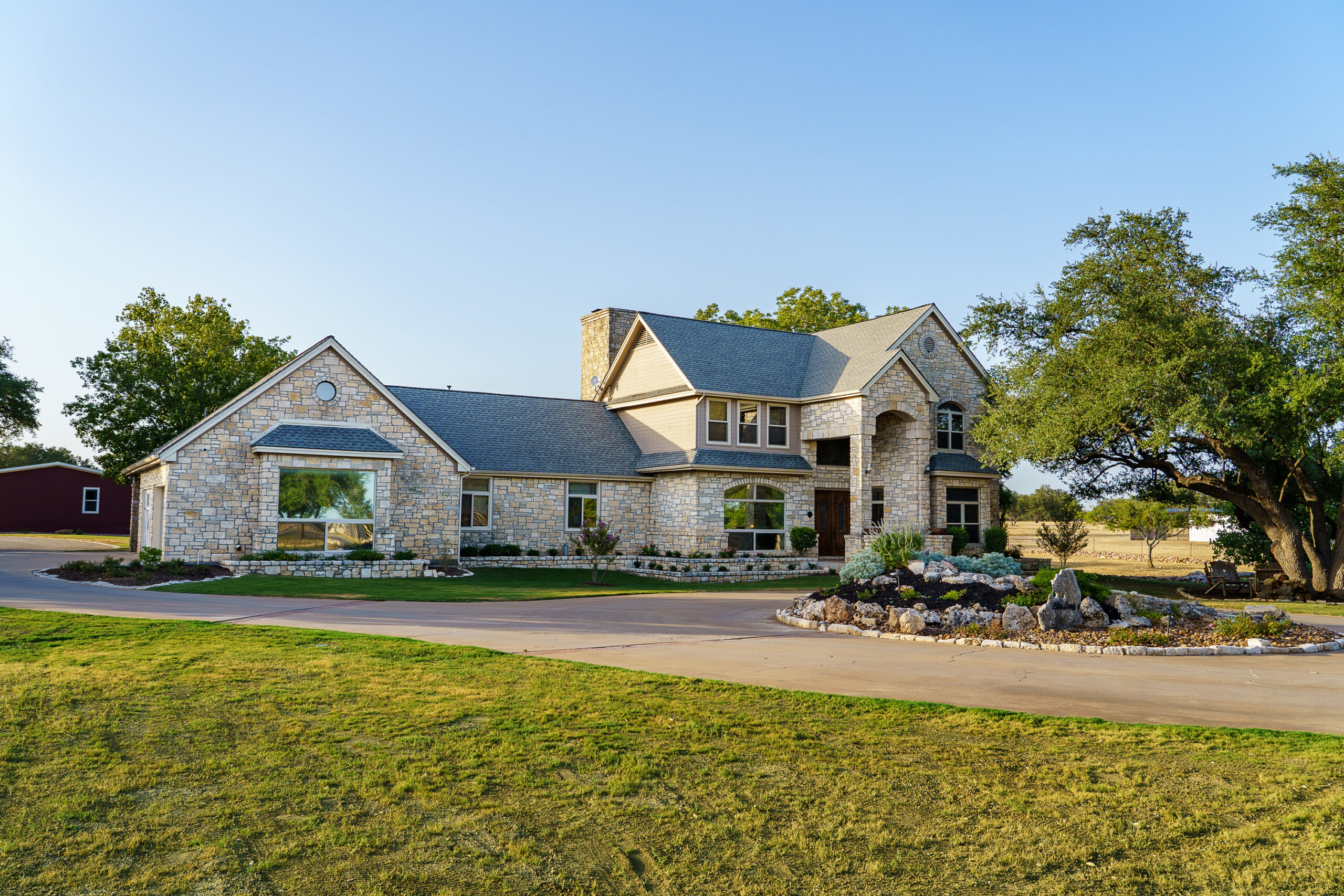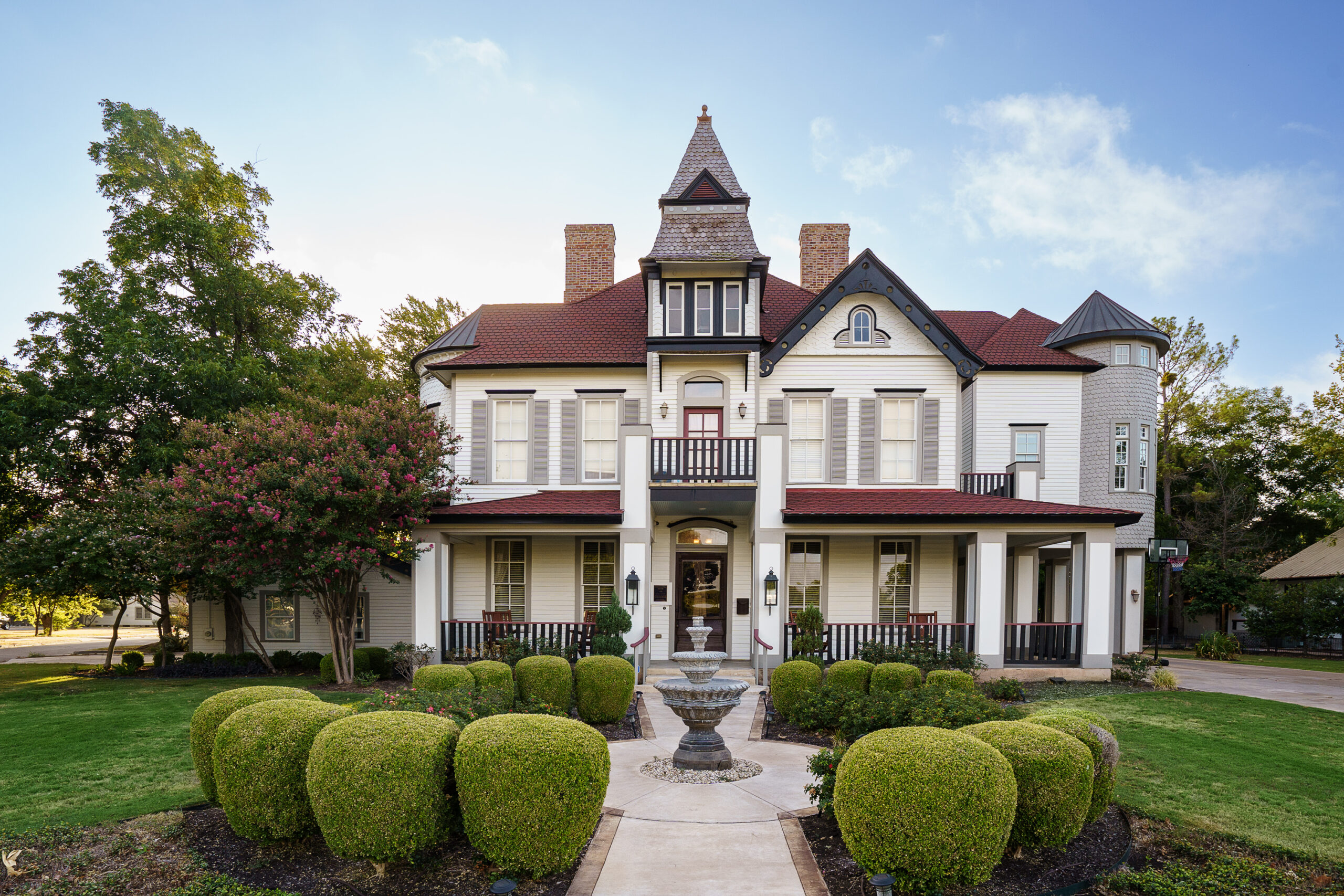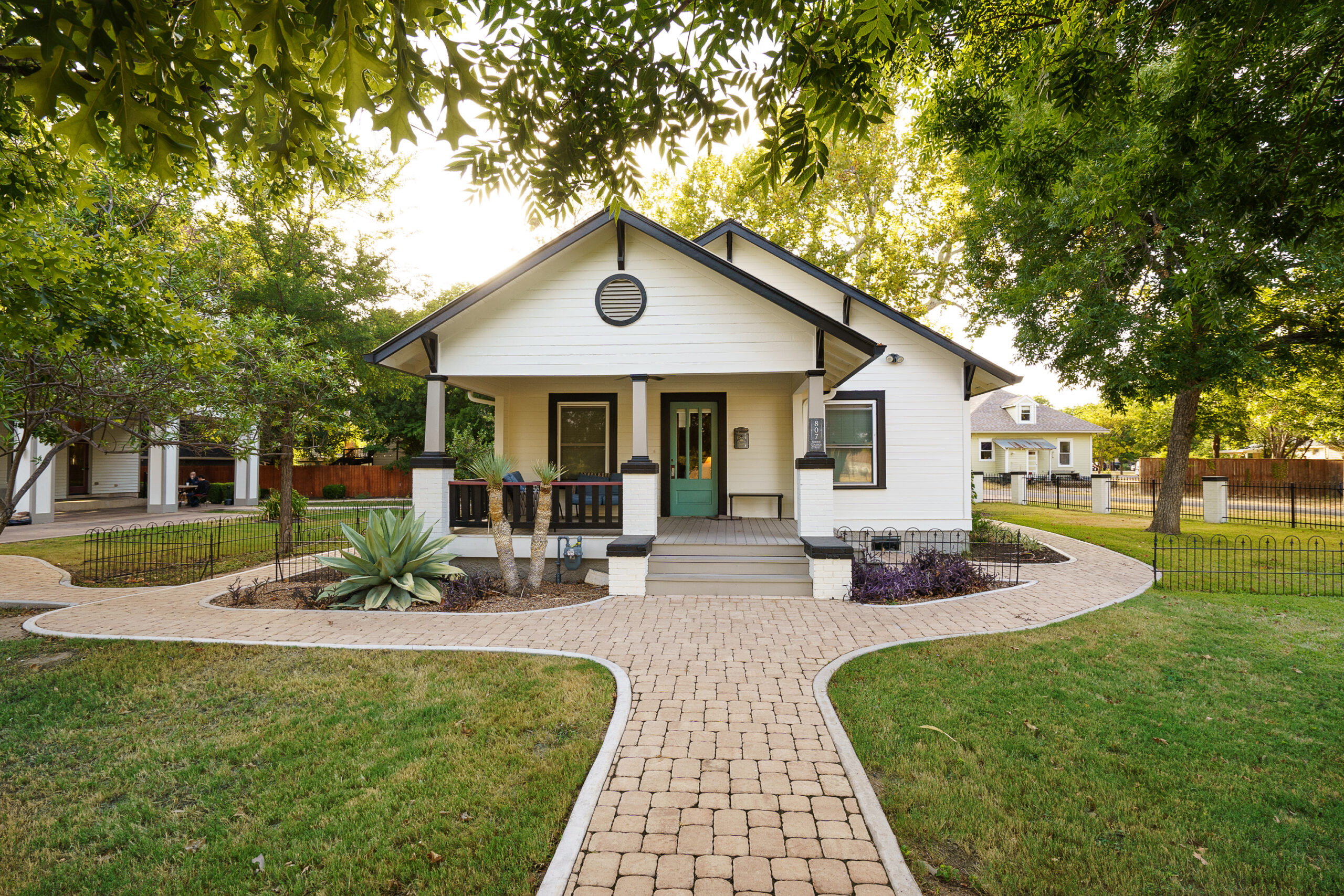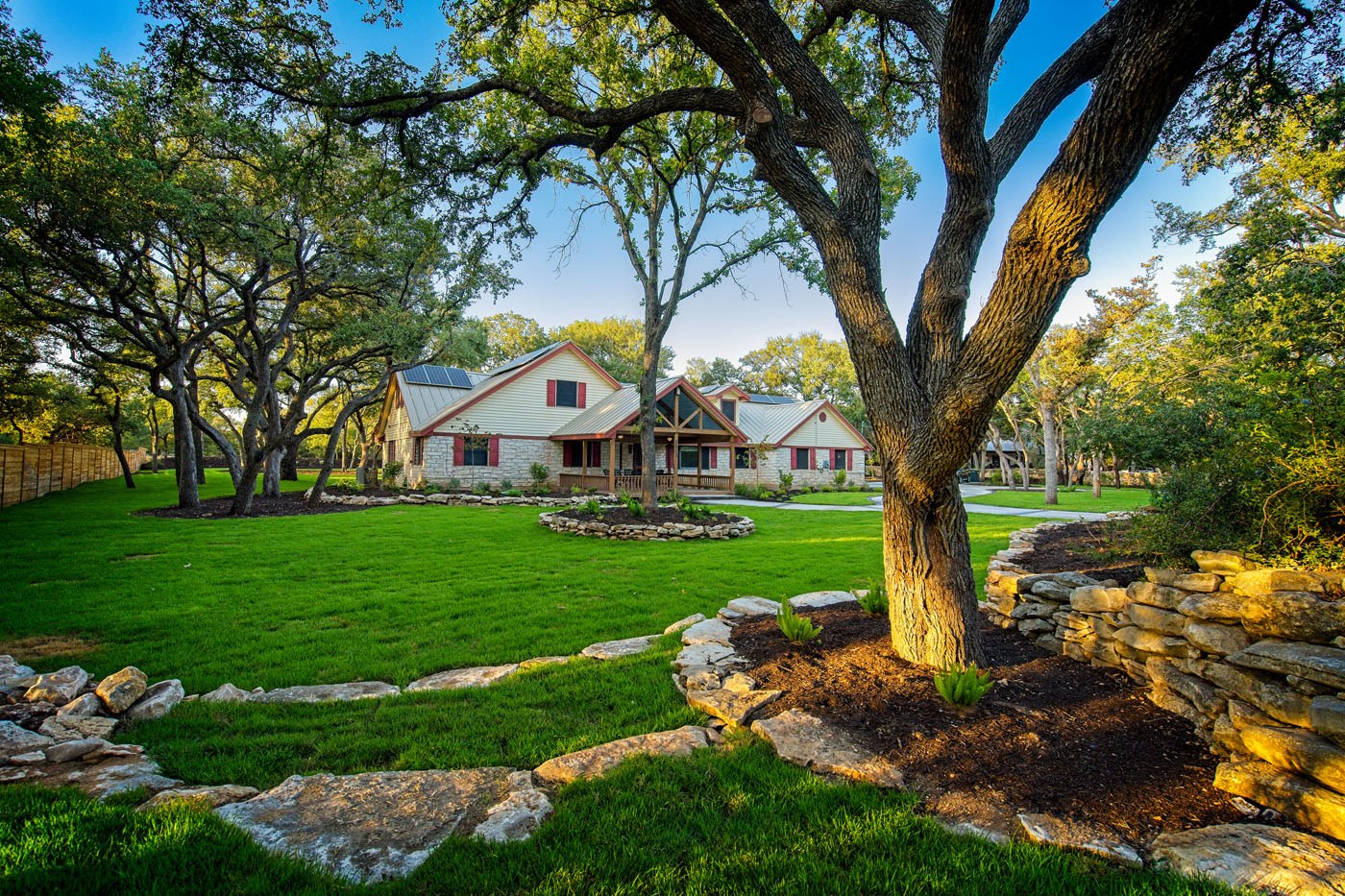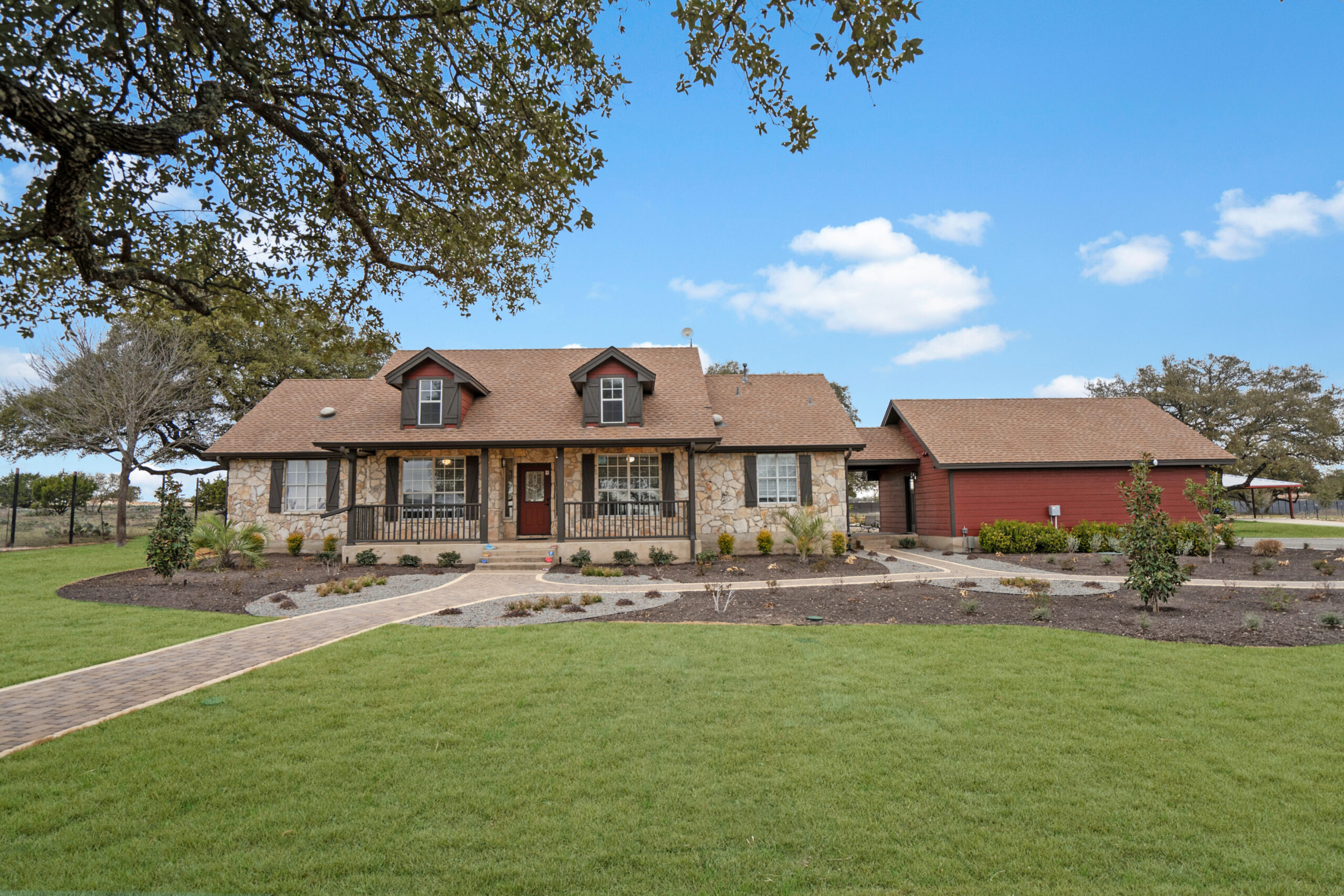
BPD Residential Treatment Overview
Residential treatment for women with Borderline Personality Disorder (BPD) offers a structured and intensive therapeutic environment. It aims to address the complexity of symptoms that BPD presents, including emotional instability, intense interpersonal relationships, fear of abandonment, and a persistent sense of emptiness. BPD residential treatment for women focuses on creating a safe space where healing and personal growth can flourish through comprehensive, evidence-based therapies.
Key Components of Treatment
The journey to recovery in a BPD residential treatment program involves various therapeutic components designed to equip women with the skills needed for emotional regulation, improved relationships, and overall mental well-being. These components include Dialectical Behavior Therapy (DBT), Cognitive Behavioral Therapy (CBT), individual therapy, group sessions, and family involvement, among others.
Dialectical Behavior Therapy (DBT)
DBT is a cornerstone of effective BPD treatment, helping individuals understand and manage their emotions. This therapy teaches four major skills: mindfulness, distress tolerance, emotion regulation, and interpersonal effectiveness. Through DBT, women learn to navigate their emotions without resorting to self-destructive behaviors.
Cognitive Behavioral Therapy (CBT)
CBT assists individuals in identifying and challenging distorted thought patterns, enabling them to view situations more clearly and respond to them in a healthier manner. This form of therapy is crucial for addressing the negative thinking that can contribute to the severity of BPD symptoms.
Importance of a Supportive Environment
A supportive and nurturing environment is vital for women undergoing BPD residential treatment. The sense of community and understanding among peers can provide the validation and encouragement needed to persevere through challenging moments. Additionally, a structured setting offers the stability often lacking in the lives of those with BPD, creating a foundation upon which recovery can build.
The Role of Individual Therapy
Individual therapy sessions are a critical aspect of BPD residential treatment, allowing women to explore their emotions, thoughts, and behaviors in a safe, non-judgmental space. Therapists tailored these sessions to meet the unique needs of each woman, fostering personal insights and promoting healing from past traumas.
Group and Family Therapy
Group therapy offers the opportunity for women to share experiences, learn from others, and practice interpersonal skills in a supportive setting. Family therapy is also integral to the treatment process, helping to repair relationships and build a stronger support system for the client outside of the treatment center.
The Challenge of Finding the Right Program
Finding the right BPD residential treatment program for women can be daunting. It’s essential to consider factors such as the program’s approach to treatment, the qualifications of the staff, and the level of family involvement. Questions to ask include the types of therapy provided, staff training in BPD, and the program’s philosophy regarding patient care.
- What treatment approaches are utilized?
- What qualifications do the staff hold in treating BPD?
- How is family involved in the treatment process?
Navigating the Journey Together
Embarking on the journey to recovery from BPD in a residential treatment setting is a courageous step. It’s a path filled with challenges, learning, and growth. Women in these programs not only work towards managing their symptoms but also towards building a life that they find fulfilling and meaningful. The support, skills, and insights gained during treatment aim to empower them to navigate the complexities of BPD with confidence.
It’s important to remember that recovery is a deeply personal and ongoing process. Each woman’s journey will be unique, influenced by her background, experiences, and the nature of her disorder. The goal of bpd residential treatment women is not just to alleviate symptoms but to foster a sense of agency and purpose.
Realizing the Promise of Recovery
Realizing the promise of recovery from BPD requires patience, perseverance, and the right support. It’s about more than just treatment; it’s about transforming lives. Women who complete bpd residential treatment women programs often describe feeling a sense of renewal–a newfound ability to face life’s challenges without being overwhelmed by them.
The journey doesn’t end with the conclusion of treatment. It’s an ongoing process of applying the skills learned, seeking support when needed, and continuing to grow and evolve. The promise of recovery lies in the potential for living a balanced, fulfilling life, despite the challenges of BPD.
Finding Hope and Healing
For those battling Borderline Personality Disorder, bpd residential treatment women offers a beacon of hope. These programs provide the tools, support, and understanding necessary to navigate the complexities of the disorder. By focusing on the whole person and addressing the root causes of emotional turmoil, bpd residential treatment women pave the way for lasting healing and a brighter future.

Is Residential Treatment Effective for BPD?
Yes, residential treatment has been shown to be highly effective for managing and treating Borderline Personality Disorder (BPD). This type of treatment offers a structured environment where individuals can receive intensive therapeutic care. At Alta Loma, we’ve observed that the combination of a supportive environment, personalized care, and access to various therapeutic modalities significantly helps our residents. The key is tailoring the treatment to address both the symptoms and the underlying causes of BPD, fostering long-term recovery and personal growth. It’s about creating a stable foundation upon which individuals can build healthier coping mechanisms and interpersonal skills.
What is the Treatment for Women with BPD?
The treatment for women with BPD in a residential setting often involves a blend of individual therapy, group sessions, and family involvement. Therapies like Dialectical Behavior Therapy (DBT) and Cognitive Behavioral Therapy (CBT) are central to our approach, aimed at helping women learn to manage their emotions, develop healthier relationships, and improve their self-image. At Alta Loma, we’ve seen that incorporating holistic approaches, including nutrition planning and recreational therapy, further supports the healing process, enabling women to achieve a balanced and fulfilling life.
How to Live with a Borderline Personality Disorder Wife?
Living with a spouse who has BPD requires understanding, patience, and effective communication strategies. It’s crucial to educate yourself about BPD to understand the challenges your spouse is facing. Encouraging open and honest communication, setting boundaries, and seeking couples therapy can be beneficial. At Alta Loma, we stress the importance of family therapy as it helps both partners understand the dynamics of BPD, fosters empathy, and teaches strategies for managing difficult situations together. Remember, support from a loving partner can be a powerful component of recovery.
Why is BPD Life Expectancy 27?
This statement is a misconception. There is no scientific evidence to support that individuals with BPD have a specific life expectancy, such as 27 years. However, it is true that individuals with BPD may engage in behaviors that can put their health at risk. The key here is access to effective treatment and support, which can significantly improve quality of life and reduce the risk of self-harm or substance abuse. At Alta Loma, we focus on comprehensive care that addresses these risks, guiding our residents towards a path of long-term wellness and stability.
Understanding the Role of CBT in Treating BPD
Cognitive Behavioral Therapy (CBT) plays a vital role in treating Borderline Personality Disorder. CBT helps individuals recognize and change negative thought patterns and behaviors. In our work at Alta Loma, we’ve found that CBT, when customized to the needs of individuals with BPD, can significantly reduce symptoms of anxiety and depression, while also improving self-esteem. Through CBT, our residents learn practical skills for dealing with stress, managing emotions, and improving their relationships, which are critical elements for recovery from BPD.
